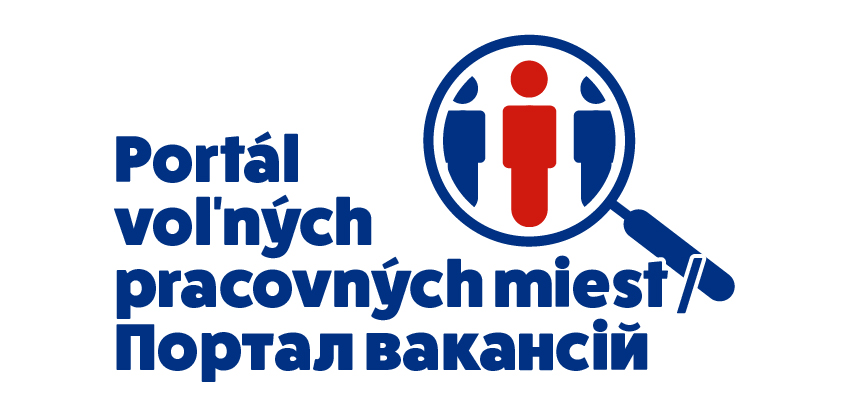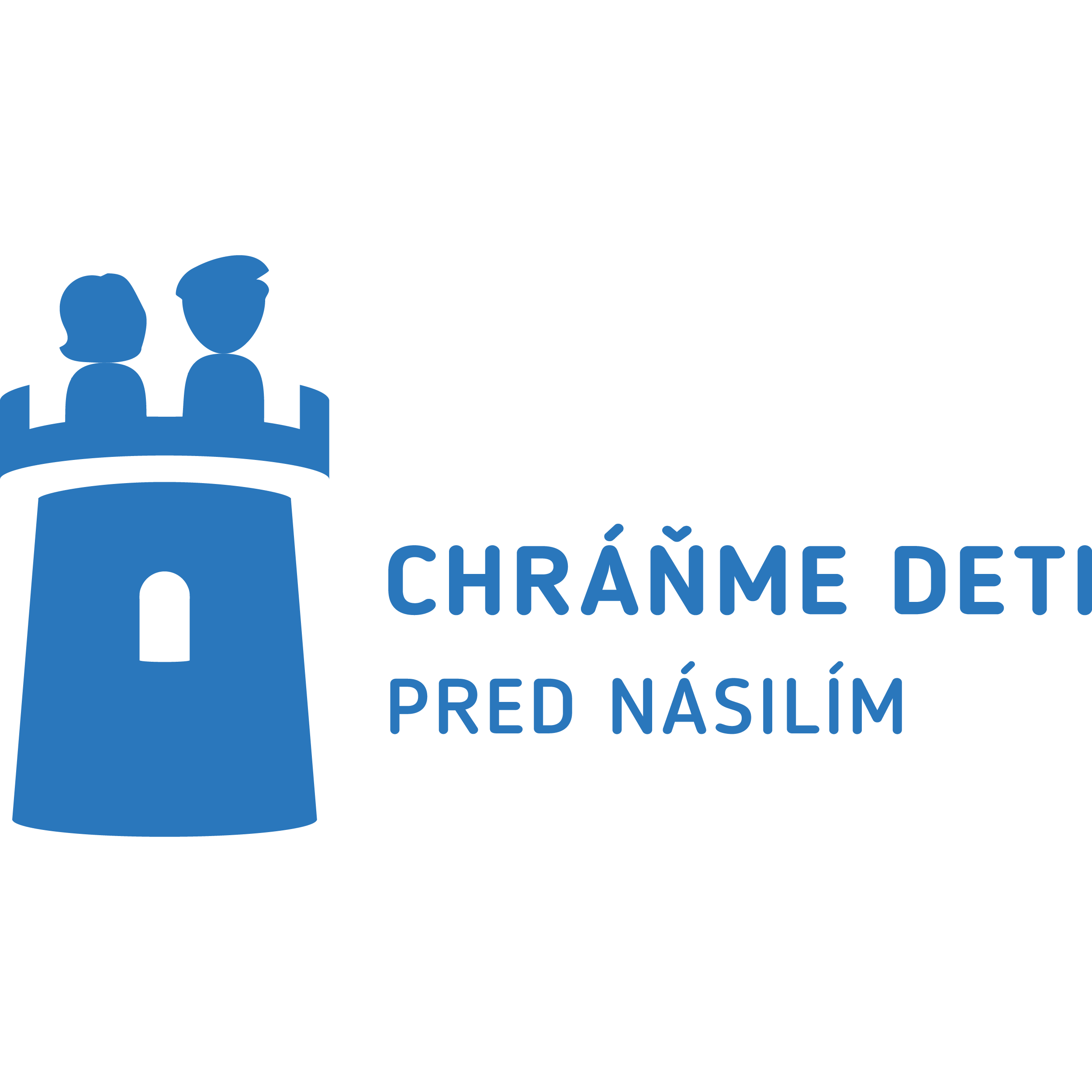Is Slovakia still converging to richer EU countries in GDP per capita at purchasing power parity?
According to official Eurostat statistics, Slovakia‘s GDP per capita at purchasing power parity (PPP) has been declining compared to the EU-27 average since 2016. Having achieved a convergence level of 79% of the EU average in 2015, it has fallen to 68% in 2022. Slovakia now occupies, along with Greece, the second-to-last place in the EU in this statistic, and ranks ahead only of Bulgaria. The unfavorable evolution of Slovakia’s official PPP statistics is influenced by shortcomings in the input data to Eurostat calculations. The most important factors are changes in the methodology for estimating expenditures on housing rentals in the national accounts after their benchmark revision in 2019, as well as a change in the reporting of the surface area of dwellings, and – in the past – not accounting for intermediate consumption in rentals expenditures. We estimate that, after correcting the shortcomings in the data, Slovakia’s convergence level to the EU average would be at 73% in 2019, and only at 71% in 2022. These estimates are not very sensitive to changes in assumptions about the prices of rentals. Compared to estimates of other Slovak institutions, they are less optimistic, as they still indicate that the convergence of the Slovak economy has been stagnating, or even declining. Our estimates indicate that Slovakia is, contrary to what official Eurostat statistics report, not in the last place among EU Member States when it comes to the net earnings of households. Nevertheless, net household earnings in Slovakia have been among the lowest in the European Union.



